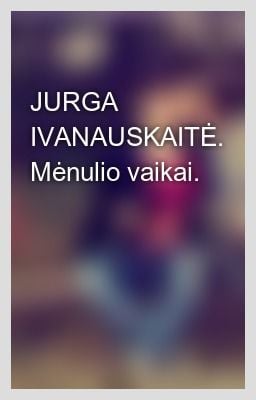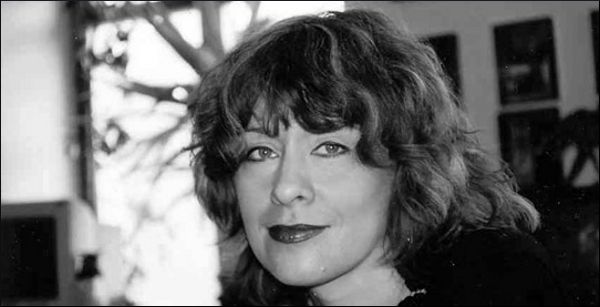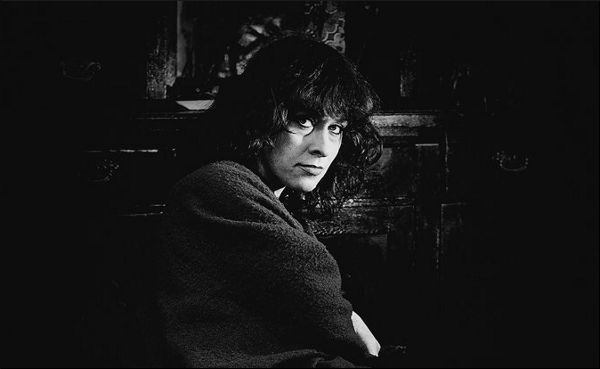
- Children of the Moon
- Published by: Vaga
- Level: Intermediate
- First Published in: 1988
Two young and rebellious individuals, Anita and Gediminas, try to find their own way of life in a socially oppressive Soviet reality.
To this day, Jurga Ivanauskaitė’s Children of the Moon finds readers among Lithuanian speakers. Although first published twenty-five years ago, back in 1988, this novel taps into rather universal topics: solitude, nonconformity, destructive yet courageous love, and the search for inner peace. Ivanauskaitė, before and after her death, has been considered one of the most influential postmodern writers in the country, and this is her second novel.
"To this day, Jurga Ivanauskaitė’s Children of the Moon finds readers among Lithuanian speakers."
The main characters are two young and rebellious individuals who are trying to find their own way of life in a socially oppressive Soviet reality. Anita is a student who does some acting and modeling on her free time and who spends her days mostly lost and disappointed. Gediminas, a young man, is as disappointed with other people as Anita is, and is searching for fulfillment in ways he finds suitable. He even works in a mental hospital for a while to better understand the importance of spirituality. The world these two individuals find themselves in is that of hippie communes, drugs, underground music, and other anti-establishment elements.
Children of the Moon starts with Anita thoroughly planning her suicide. No detail is spared, as her imagination goes as far as to visualize how her friends and relatives will react to seeing her pale body in a bloodbath in her grandma’s place. The evening before her planned suicide, she sees some footage of Gediminas and instantly falls in love with him. Despite the fact that at that time he has gone missing, she starts writing him letters and talking to his friends, who reveal a great deal about him. Then, all of a sudden, Gediminas is back and he meets up with Anita, who after so much time enduring depressive thoughts of love is simply tired of life and commits suicide on her birthday. Now, it is Gediminas’ turn to write letters to Anita and tell her his life story, from his childhood up to time when he went missing. Thus, the missing pieces of this fragmented story finally come together and the readers are left with a more complete image of the protagonists and their friends.

This literary world is created not just by the narrative but also by the language used by the characters. They mix phrases and quotes from a broad range of cultural origins (Lithuanian, Soviet, American, European, Buddhist) with swearwords and expressions that could be attributed to the lower classes of Lithuanian society. Compound sentences with complex syntax filled with unusual epithets and extended similes and metaphors are how both protagonists describe their inner transformations, using heavy swearwords and references to Eastern religions, traditional Lithuanian poems, and American writing from the 70s. The characters in Children of the Moon seem like real people from the late 80s, whose lust for life is paradoxically mixed with a loathing of it.
"Compound sentences with complex syntax filled with unusual epithets and extended similes and metaphors are how both protagonists describe their inner transformations"
It does not come as a surprise that Ivanauskaitė‘s novels, along with her other written works, are still highly popular among young people, especially among those who consider themselves citizens of the world and admire the writer for her own personal spiritual search, which she took up in her travels to Asia and in her fight against cancer. Just like in her own life, in Children of the Moon she uses fearless language in a way that shocks the reader and suits the characters perfectly.

